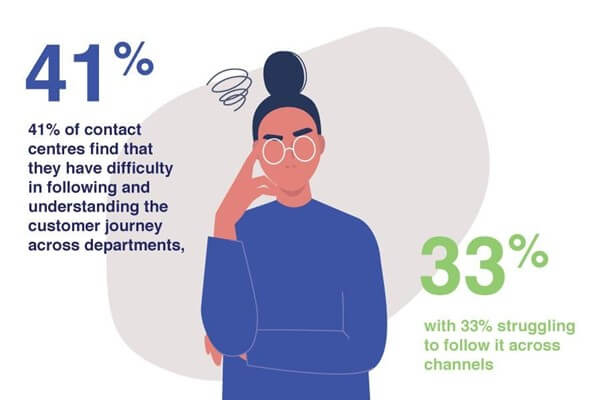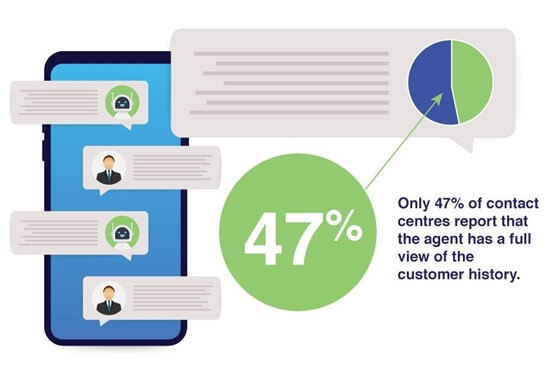Mark Turner, principal consultant at Curium with 20+ years in call centres and operational excellence projects has shared with us his experience of dealing with failure demand and the effect this has on the entire company from CEOs to frontline phone agents.
Failure demand is the term used in any operational area with a primary function of servicing customer demand when contacts come in regarding a fault of the company within the customer journey and it is estimated, for example in a typical call centre, failure demand is around 40-60%. Meaning your agents are taking calls all day long and up to 60% of those calls are a result of a failure that could have been avoided. Spending less time handling those ‘value demand’ calls that customers actually want.
In most call centres, it’s been shown that you can reduce your overall call demand by over 30% by reducing your failure demand. Not forgetting the added benefit of improving your customer experience.
Failure demand negatively impacts the company reputation, generates high costs for your business such as compensation, redress and write-off’s, decreases your efficiency and has a huge impact on your employee motivation.




